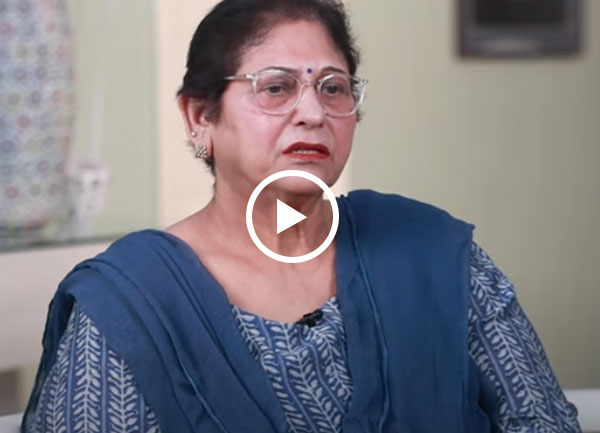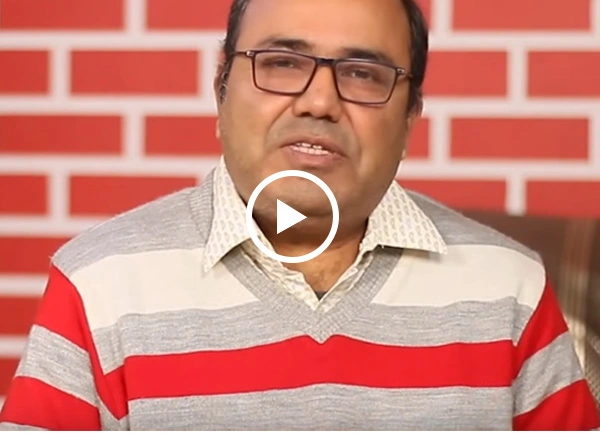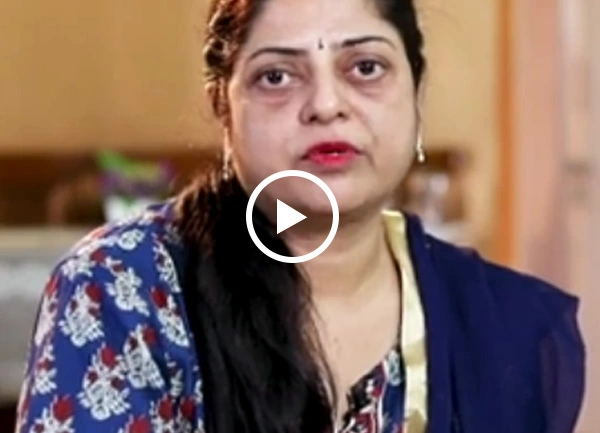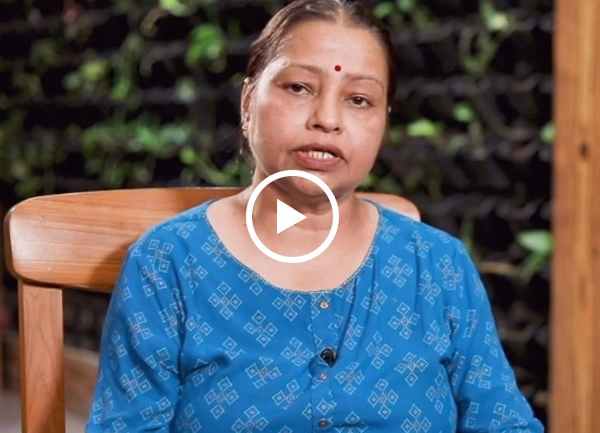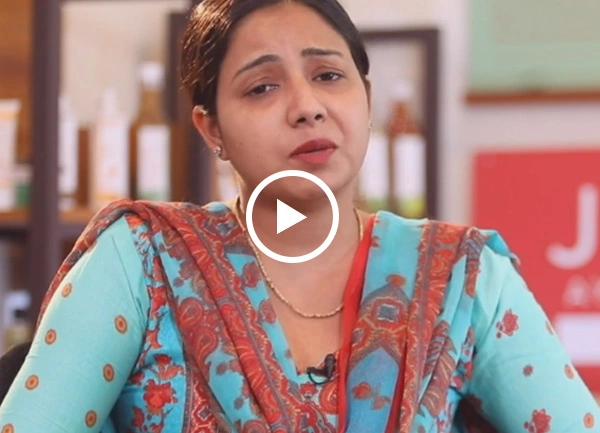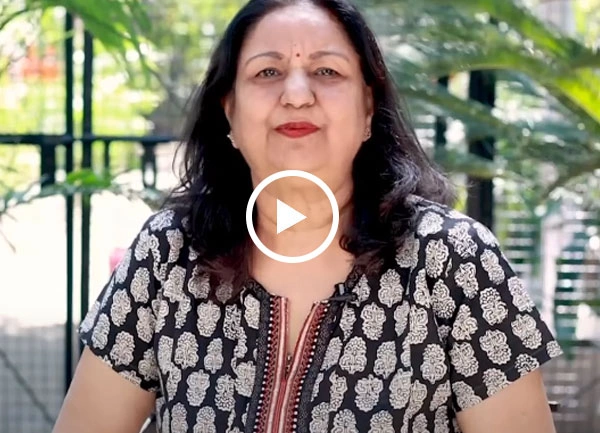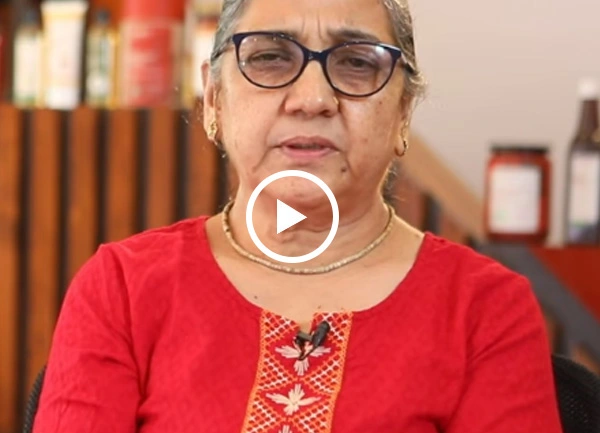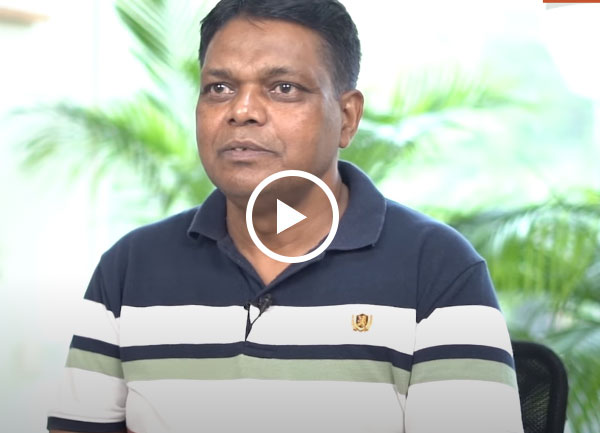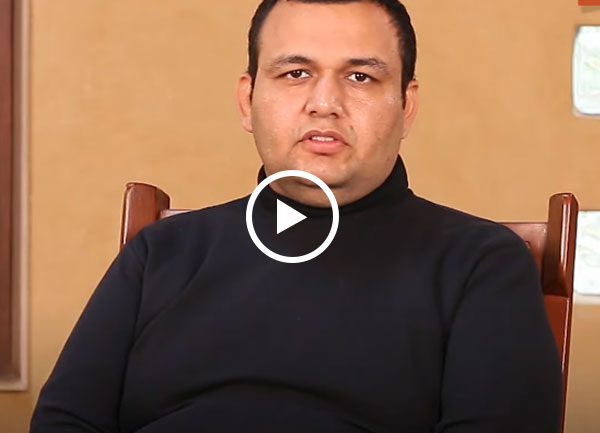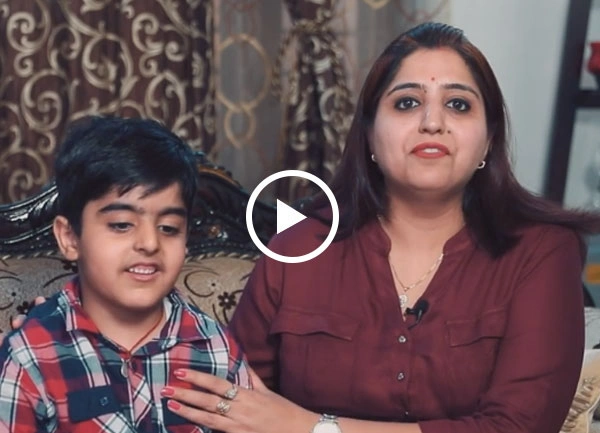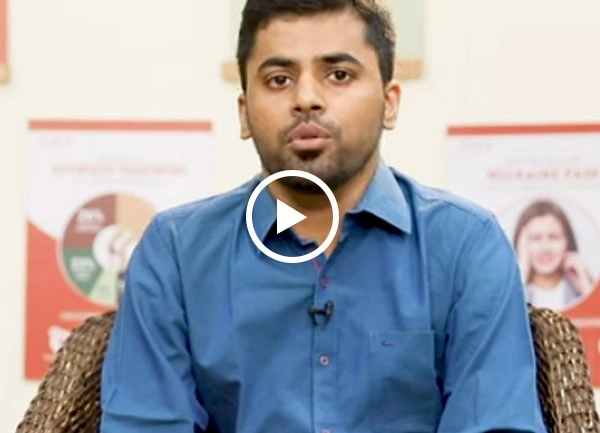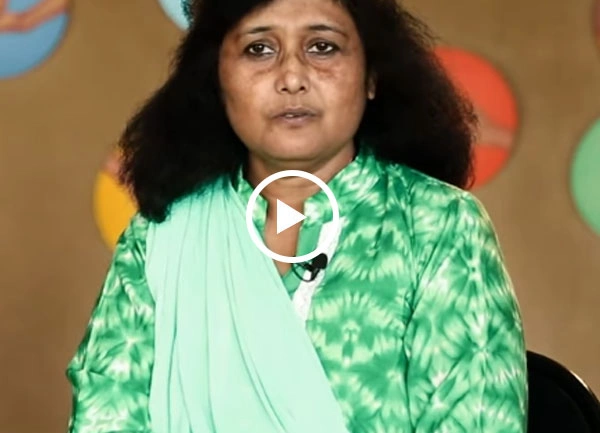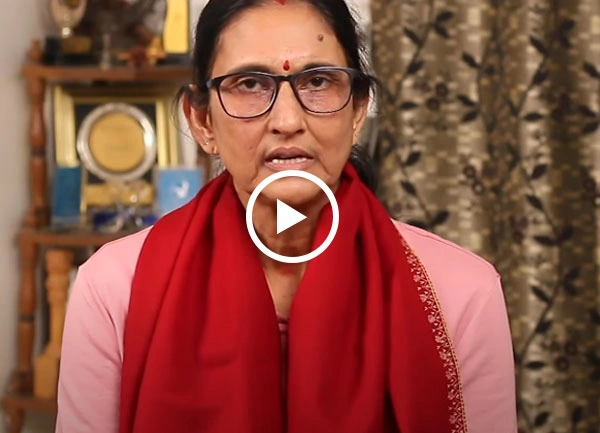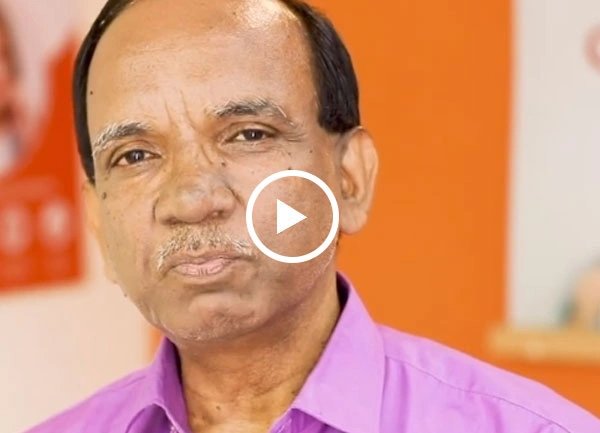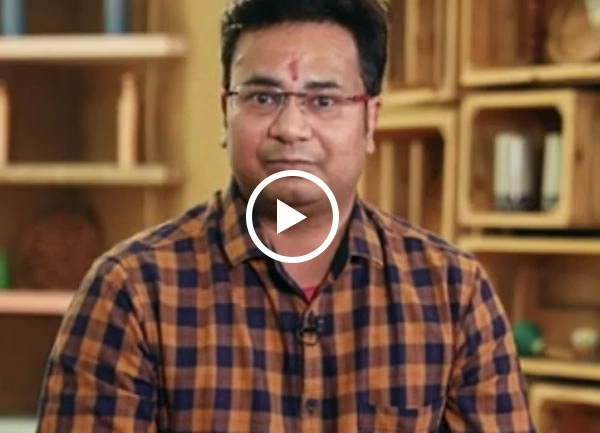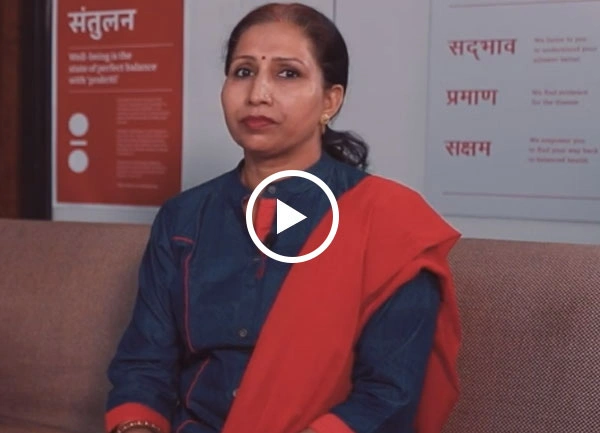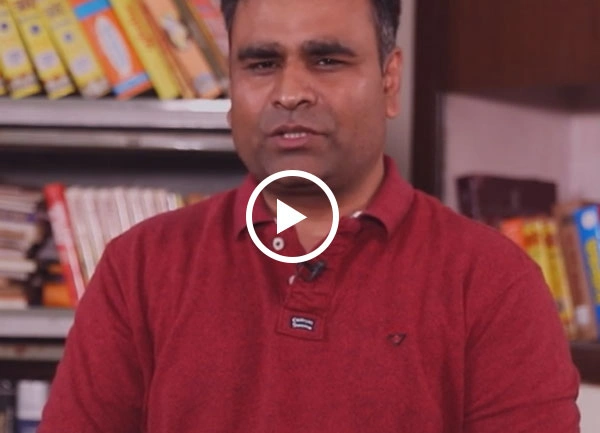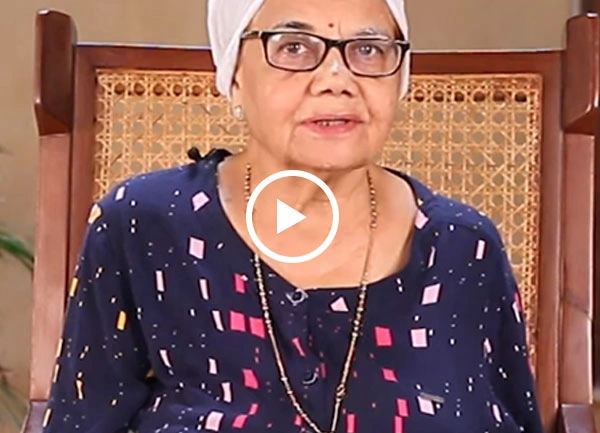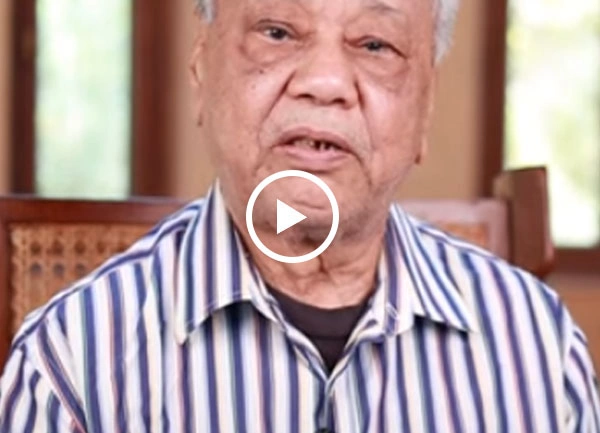

Successful Treatments
Clinics
Doctors
What is Alopecia Areata?
Alopecia areata is one of the autoimmune diseases that cause hair loss, with round patches of this phenomenon appearing on the scalp and other parts of the body. Alopecia causes the hair follicles to be attacked by the immune system, which leads to hair loss. So technically, alopecia areata can cause hair loss in both genders, all age groups, but it is mostly observed in young people. Treatment should begin with an understanding of what causes it as well as what the symptoms are.
Symptoms
Patchy Hair Loss
The most common symptom of alopecia areata is a sudden loss of hair in one or more round, smooth patches on the scalp, or such areas as the beard, eyebrows, or body. These patches can happen with any size and hair loss can start and advance over time.
Thin or Missing Hair
In the affected areas, the hair follicles may become inactive, leading to thin or completely missing hair. The skin in these areas often appears shiny or smooth, without the usual appearance of hair follicles.
Itching or Tingling
Some patients experienced such sensations like itching, tingling, or even mild discomfort in the areas that start experiencing hair loss. Such sensations may, therefore, be early indications that hair loss is occurring.
Alopecia Areata Causes
Alopecia areata is an autoimmune condition, which translates to an immune system attack on its own hair follicles. Its cause has not yet been well understood; however, several common contributing factors have been identified for the start of this disease:
Genetic Predisposition: A history of autos immune disorders is more likely to suffer from alopecia areata. Those who possess this predisposition might be more prone to environmental triggers.
Environmental Factors: Different forms of external causes also act as an initiation factor for an autoimmune reaction and the loss of hair. Physical or viral infections, as well as higher levels of psychological stress, are some such factors that trigger commonly amongst those with genetic susceptibility.
Hormonal Imbalances: Any hormonal fluctuation, which often occurs at key life stages, for instance, adolescence, pregnancy, or post menopause, can exacerbate the illness. Hormonal fluctuations might trigger or worsen the immunologic attack against the hair follicles.
Ayurvedic Treatment for Alopecia Areata
Ayurveda treats alopecia areata by re-establishing the state of dosha equilibrium and the overall health of the patient.
Herbal Remedies (Ayurvedic Medicine for Alopecia Areata)
Several potent Ayurvedic herbs are effective in treating alopecia areata:
Bhringraj (Eclipta alba): This is called the "king of herbs" for hair because it feeds the scalp, strengthens the hair roots, and helps the hair grow. Besides this, it reduces stress, which is a primary provoking factor in alopecia areata.
Amla (Emblica officinalis): Amla is an excellent source of vitamin C and has been proven to enhance scalp health, strengthen follicles of the hair and create natural hair growth. It also acts as an antioxidant to prevent damage to hair cells.
Ashwagandha (Withania somnifera): This is an adaptogenic herb that is mostly used to help in the management of stress as well as anxiety, which are some of the triggers for alopecia areata or exacerbates its condition. It causes an even balance of the hormone levels and will support the immunity functions. The goal of dealing with autoimmune disorders, such as alopecia, is to achieve such functions.
Neem (Azadirachta indica): This is a medicinal herb that has broad uses due to its strong antibacterial and anti-inflammation capability, which helps in maintaining scalp health, reducing infections, and also reduces inflammation that can worsen hair loss in alopecia areata.
Detoxification and Panchakarma for Alopecia Areata
Detox therapies are crucial in Ayurvedic treatment for alopecia areata:
Shirodhara: This is a soothing therapy where lukewarm herbal oil is poured continuously over the forehead, thereby trying to douse tensions, calm the mind, and improve hair health. This procedure aims to relax the nervous system while activating hair regrowth.
Virechana (Purgation Therapy): This detox Ayurvedic therapy is purging the body of toxins, especially those found in the liver and intestine. It aids in purification, thus permitting a better health condition and might have caused hair regrowth in alopecia areata patients.
Diet and Lifestyle Changes
In addition to herbal treatments, dietary and lifestyle modifications can enhance the effectiveness of Ayurvedic therapies for alopecia areata.
Alopecia Areata Diet
A balanced diet rich in vitamins and minerals is essential for hair health. Incorporate:
Fruits and Vegetables: These are packed with vitamins, minerals, and antioxidants, all of which support hair health and growth.
Nuts and Seeds: Rich in essential fatty acids like omega-3, nuts and seeds fortify hair, keep the scalp healthy, and regulate hormones.
Whole Grains: These will give a steady energy level and necessary nutrients that promote general well being and the support needed for the hair's regrowth.
Leafy Greens: Spinach, kale, and Swiss chard have high iron and folate. Nutrients such as oxygen must reach the follicle, and these green foods provide what is necessary to obtain healthy hair growth.
Legumes: Beans and lentils give protein, iron, and biotin, which are precisely the nutrients needed to ensure keeping the strength of the hair or prevent breaking.
Lean Proteins: Feed on eggs, chicken and fish that are rich in protein-the actual building block of hair. On top of that, all those foods also contain biotin and zinc that stimulate the increase of hair.
Berries and Citrus Fruits: Rich in vitamin C, these fruits help in the production of collagen, a protein that strengthens hair and keeps it from breaking.
Hydration
Hydration is essential for healthy skin and hair. Drinking water and herbal teas, like ginger or tulsi teas, relax and aid hair growth.
Rest and Moderate Exercise
Adequate sleep is necessary for the body to repair and rejuvenate. This sort of rest is quite crucial in keeping alopecia areata under check. Some even recommend some gentle exercises, such as yoga, which can improve blood flow to feed follicles better.
Alopecia Areata Stress Management
Although stress is the main trigger for alopecia areata, improved stress management techniques such as meditation, mindfulness, and yoga can also be a supportive tool in the hair re-growth phase. Again, stress management itself promotes better emotional and mental health, hence helping the Ayurvedic treatment too.
Yoga and Pranayama for Alopecia Areata
Yoga and breathing exercises are beneficial in managing alopecia areata:
Balasana (Child’s Pose): It's a calming pose that relaxes the body as well as the mind, letting go of stress, which is one of the known triggers that can make you lose the hair in case of alopecia areata.
Sukhasana (Easy Pose): A meditative pose that helps achieve mental clarity and emotional balance. This promotes relaxation, reducing stress and its impact on hair loss.
Adho Mukha Svanasana (Downward-Facing Dog Pose): This pose increases blood flow to the scalp, promoting healthier hair follicles and supporting hair regrowth. It also helps reduce stress and anxiety, both of which contribute to hair loss.
Vajrasana (Thunderbolt Pose): Apart from helping to improve circulation and digestion, Vajrasana increases the delivery of nutrients to the hair follicle, thus ensuring adequate hair health. It also calms the mind.
Shirsasana (Headstand): It develops the flow of blood to the scalp for the nourishment of hair follicles, which promotes the growth of hair. It even helps reduce stress and enhance concentration.
Nadi Shodhana (Alternate Nostril Breathing): This Pranayama calms down your body's energy level. It decreases stress while increasing oxygen flow, thus also being fruitful for hair.
At Jiva Ayurveda, this holistic approach will combine the ancient Ayurvedic principles with the modern practices for hair regrowth, overall well-being. Our skilled practitioners base their treatment plan on personalised treatment plans according to your lifestyle through herbal formulations and detoxification therapies.
FAQs
Alopecia areata is an autoimmune disease that causes sudden hair loss in patches on the scalp and body.
Ayurvedic remedies like Bhringraj and Amla are among the best medicine for alopecia areata, promoting hair regrowth and scalp health.
Alopecia areata can be managed through a combination of Ayurvedic treatments, stress management, and a balanced diet.
Alopecia areata can be temporary for some individuals, but in others, it may be a chronic condition requiring ongoing management.
Effective treatment involves a holistic approach, including herbal remedies, dietary changes, and lifestyle modifications.
Yes, home remedies include herbal oils, scalp massages, and dietary adjustments aimed at improving overall health.
Yes, female alopecia areata may have unique triggers and symptoms, but treatment approaches remain similar.
Types include patchy alopecia areata, totalis (complete scalp loss), and universalis (total body hair loss).
Consulting with a practitioner for suitable ointments like herbal formulations is advisable for effective treatment.
Top Ayurveda Doctors
Our Happy Patients
Home Remedies
- रूखे और बेजान बालों का आयुर्वेदिक इलाज और मुफ़्त परामर्श
- पिगमेंटेशन का इलाज - घरेलू नुस्खे और मुफ़्त परामर्श
- फंगल इंफेक्शन का इलाज - घरेलू नुस्खे और मुफ़्त परामर्श
- चेहरे की टैनिंग हटाने के घरेलू उपाय - मुफ़्त परामर्श
- Scalp की खुजली का आयुर्वेदिक इलाज - मुफ़्त परामर्श
- क्या आपकी त्वचा बेजान हो गई है? ये आयुर्वेदिक नुस्खे देंगे नैचुरल ग्लो
- झड़ते बालों से परेशान? ये आयुर्वेदिक नुस्खे देंगे घने और मजबूत बाल
- पिंपल्स से छुटकारा पाना मुश्किल लग रहा है? आज़माएं ये असरदार घरेलू नुस्खे!
- क्या आप जानते हैं? इन देसी नुस्खों से डार्क सर्कल्स गायब हो सकते हैं
- डैंड्रफ का जड़ से इलाज – घर पर आजमाएं ये आसान नुस्खे
- Home Remedies for Open Pores
- Home Remedies for Glowing Skin
- Home Remedies For Itchy Scalp
- Home Remedies for Hair Fall
- Home Remedies for Dry Hair
- Home Remedies for Black Spots on Face
- Home Remedies for Hair Loss
- Home Remedies for Pigmentation
- Home Remedies for Face Tan
- Home Remedies for Fungal Infections
- Home Remedies for Dandruff
- Home Remedies for Pimples
- Home Remedies for Dark Circles
Related Disease
- Ayurvedic Treatment for Vitiligo
- Ayurvedic Treatment for Urticaria Hives
- Psoriasis
- Ayurvedic Treatment for Hair loss and Regrowth
- Ayurvedic Treatment for Skin allergy
- Ayurvedic Treatment For Dandruff
- Ayurvedic Treatment for ringworm
- Ayurvedic Treatment for Eczema
- Ayurvedic Treatment for Psoriasis
- Ayurvedic Treatment for Acanthosis Nigricans
- Ayurvedic Treatment for Alopecia Areata
- Ayurvedic Treatment for Chicken Pox
- Ayurvedic Treatment for Folliculitis
- Ayurvedic Treatment for Athlete’s Foot
- Ayurvedic Treatment for Pityriasis Rosea
- Ayurvedic Treatment for Pemphigus Vulgaris
- Ayurvedic Treatment for Phlebitis
- Ayurvedic Treatment for Angioedema
- Get Ayurvedic Treatment For Impetigo
- Lichen Planus Treatment in Ayurveda
- Ayurvedic Treatment for Carbuncle
- Ayurvedic Treatment for Cellulitis
- Ayurvedic Treatment for Shingles
- Ayurvedic Treatment for Seborrheic Dermatitis
- Ayurvedic Treatment for Atopic Dermatitis
- Ayurvedic Treatment for Dermatitis
- Get Ayurvedic Treatment for Lipoma
- Ayurvedic Treatment for Keloids
- Ayurvedic Treatment For Xanthelasma
- Ayurvedic Treatment for Scabis
- Ayurvedic Treatment For Warts
- Ayurvedic Treatment For Dark Circles
- Ayurvedic Treatment For Hyperpigmentation
- Ayurvedic Treatment for Glowing Skin
- Ayurvedic Treatment For Fungal Infection
- Get Ayurvedic Treatment for Rosacea
- Get Ayurvedic Treatment for Contact Dermatitis
- Ayurvedic Treatment for Acne
- Ayurvedic Treatment for Leprosy
Latest Blogs
- Surgery के बाद कमज़ोरी, Dopamine कम और Immunity गिर गई थी—Ayurveda ने कैसे फिर से ताकत दी
- 85 से 115 KG तक अचानक बढ़ा वज़न—Thyroid, Fatty Liver और Kidney Stone में Ayurveda ने कैसे संभाली हालत
- PCOD Success Story: जब दवाइयाँ काम न करें, Ayurveda दिखाता है असली रास्ता
- लंबे समय तक बैठकर काम करने से बढ़ा Lower Back Pain—10 दिन के Panchakarma ने कैसे दिया आराम
- सालों की Acidity, Gas और Joint Pain—Ayurveda ने 3 महीनों में कैसे दी राहत
- Knee Replacement से पहले रुकिए! Ayurveda ने कैसे रोका Operation और दिया प्राकृतिक राहत
- गंभीर Jaundice के बाद शुरू हुआ तेज़ Joint Pain—Ayurveda ने सिर्फ 4 महीनों में कैसे दी राहत
- Skin Allergy और Fungal Infection ने रातों की नींद छीन ली थी—Ayurveda ने कैसे दी गहरी राहत
- बार-बार होने वाली खाँसी, ज़ुकाम और साँस की दिक्कत—Ayurveda ने कैसे तोड़ी ये Chronic Cycle
- 10.6 से 6.2 तक की गिरावट—Ayurveda ने Diabetes Management में कैसे दिखाई ताकत
- Disk Bulge की वजह से चलना बंद हो गया था—Ayurveda ने कैसे दोबारा खड़ा होने की ताकत दी
- High Diabetes रिपोर्ट ने डरा दिया था—Ayurveda ने बिना आजीवन औषधियाँ के दिखाया नया रास्ता
- 65 की उम्र में भी नींद नहीं आती थी—जीवा आयुर्वेद की Video Consultation ने कैसे दी सुकूनभरी नींद
- Migraine ने पढ़ाई और काम दोनों रोक दिए थे—Personalised Ayurvedic Treatment ने कैसे बदली ज़िंदगी
- खड़े रहना मुश्किल, हाथ सुन्न, लगातार दर्द—Ayurveda ने कैसे बदली Arthritis की कहानी
- 28-Year-Old की Struggle: Skin Problems से लेकर Psoriasis Relief तक की Ayurvedic Journey
- 100 दिनों में Diabetes Reverse! Ayurveda ने कैसे 8.5 से 5.5 तक गिराया HbA1c
- सालों पुराने Knee Pain में Painkillers भी हार गए—Ayurveda ने कैसे दिलाया सच्चा आराम
- 74 साल की उम्र में भी Osteoporosis Pain से मिली राहत—Ayurveda ने कैसे बदली ज़िंदगी
- जब चलना मुश्किल हो जाए और डॉक्टर Operation कहें—Jivagram का Ayurveda कैसे बदल देता है ज़िंदगी
Ayurvedic Doctor In Top Cities
- Ayurvedic Doctors in Bangalore
- Ayurvedic Doctors in Pune
- Ayurvedic Doctors in Delhi
- Ayurvedic Doctors in Hyderabad
- Ayurvedic Doctors in Indore
- Ayurvedic Doctors in Mumbai
- Ayurvedic Doctors in Lucknow
- Ayurvedic Doctors in Kolkata
- Ayurvedic Doctors in Patna
- Ayurvedic Doctors in Vadodara
- Ayurvedic Doctors in Ahmedabad
- Ayurvedic Doctors in Chandigarh
- Ayurvedic Doctors in Gurugaon
- Ayurvedic Doctors in Jaipur
- Ayurvedic Doctors in Kanpur
- Ayurvedic Doctors in Noida
- Ayurvedic Doctors in Ranchi
- Ayurvedic Doctors in Bhopal
- Ayurvedic Doctors in Ludhiana
- Ayurvedic Doctors in Dehradun






















